We may earn money or products from the companies mentioned in this post. This means if you click on the link and purchase the item, I will receive a small commission at no extra cost to you ... you're just helping re-supply our family's travel fund.
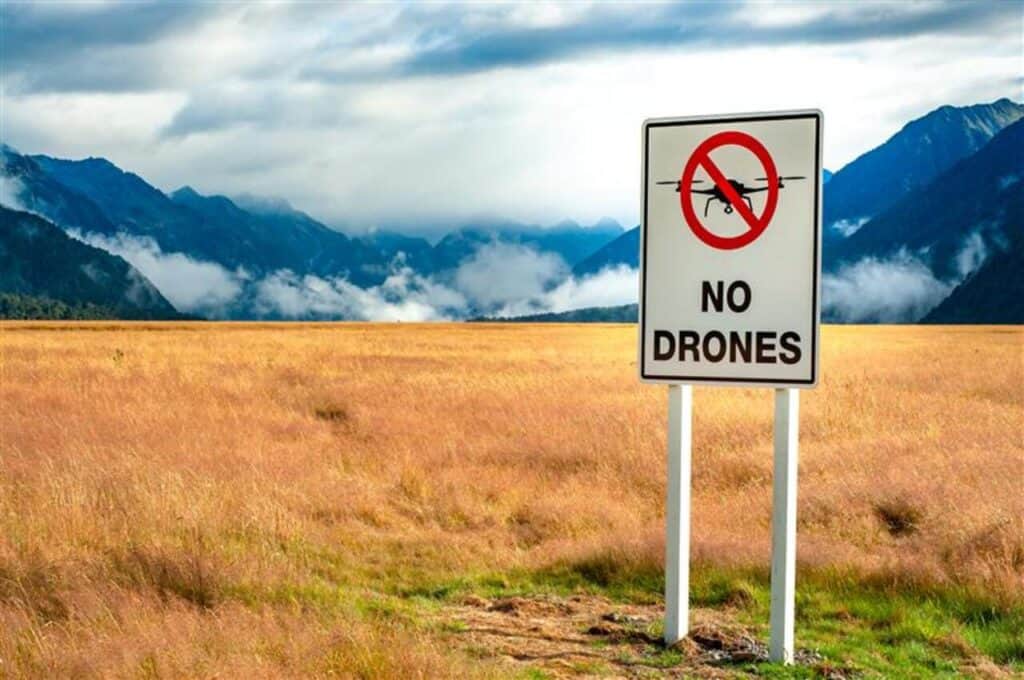
You arrive at a national park expecting breathtaking views, fresh air, wildlife, and peace. But here’s the thing: those wild places come with rules. Some of those rules are obvious; no littering, stay on trails but others surprise even seasoned travelers. If you break them, you risk fines, confiscation of gear, or worse. What this really means is: before you roam that trail or set up camp, you should know what’s strictly off limits in U.S. national parks.
1. Collecting or Removing Natural or Cultural Items
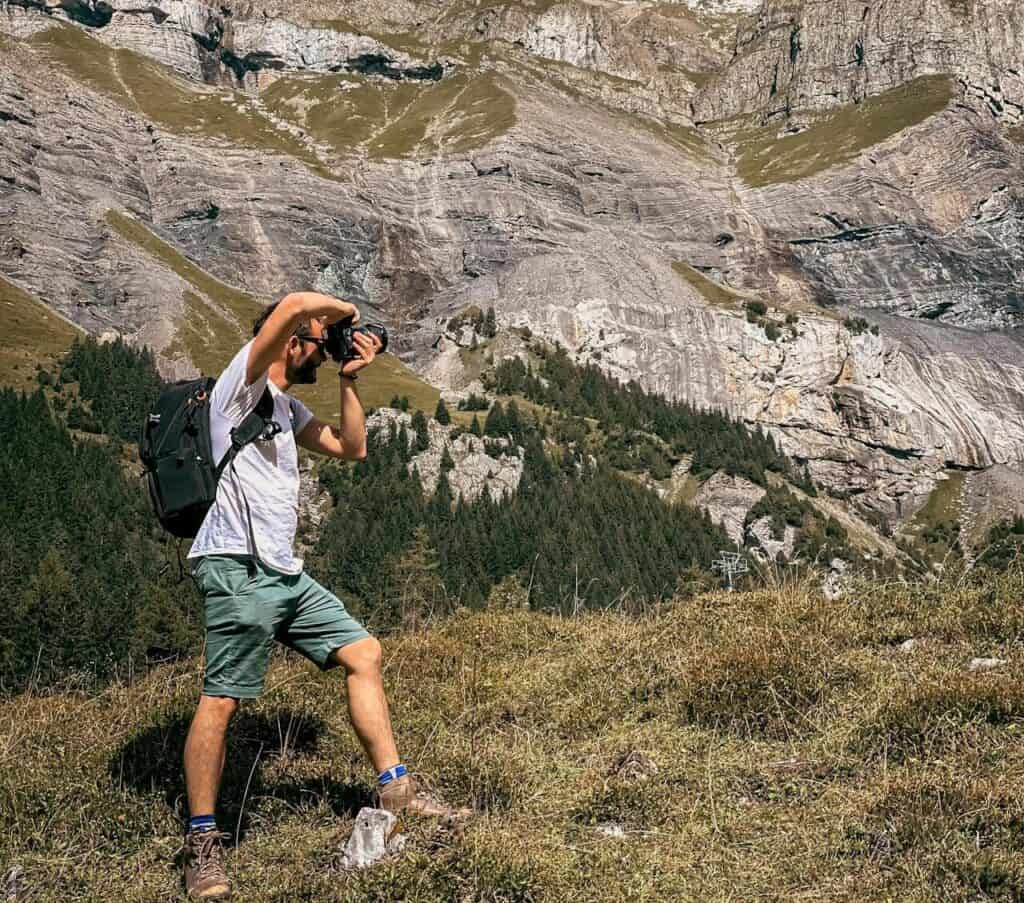
Picking wildflowers, pocketing a rock, or taking a shell might feel harmless, but it’s illegal in national parks. Everything from plants to fossils and arrowheads is protected by federal law under acts like the Archaeological Resources Protection Act. Removing even small items damages ecosystems and erases the historical record. What may look like a simple keepsake could disrupt soil life or steal from scientific study. Take photos, not souvenirs leave every natural or cultural object exactly where it belongs.
2. Hiking Off Designated Trails
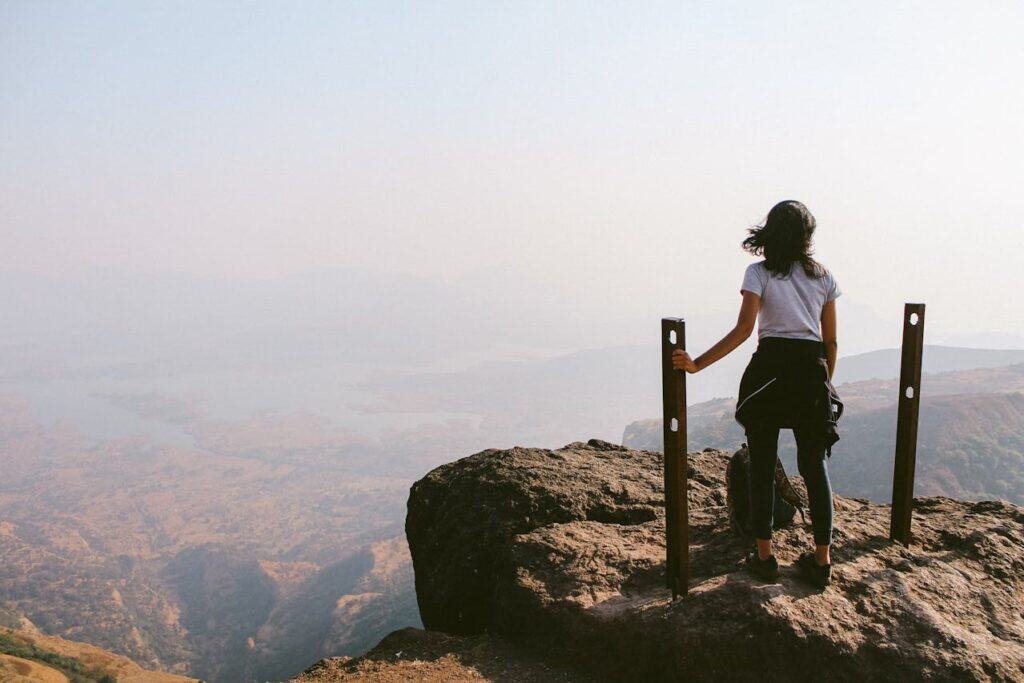
Wandering off a marked path might feel like exploration, but it’s prohibited in most national parks because it damages fragile environments. Foot traffic off-trail crushes native plants, erodes soil, and creates ghost paths that confuse other hikers. It also puts you at risk of injury near cliffs, hot springs, or unstable ground. Trails are designed to focus visitor impact and keep ecosystems intact. The safest and most responsible move is to stay on the designated route and admire nature without leaving a trace.
3. Using Unmanned Drones or Aircraft
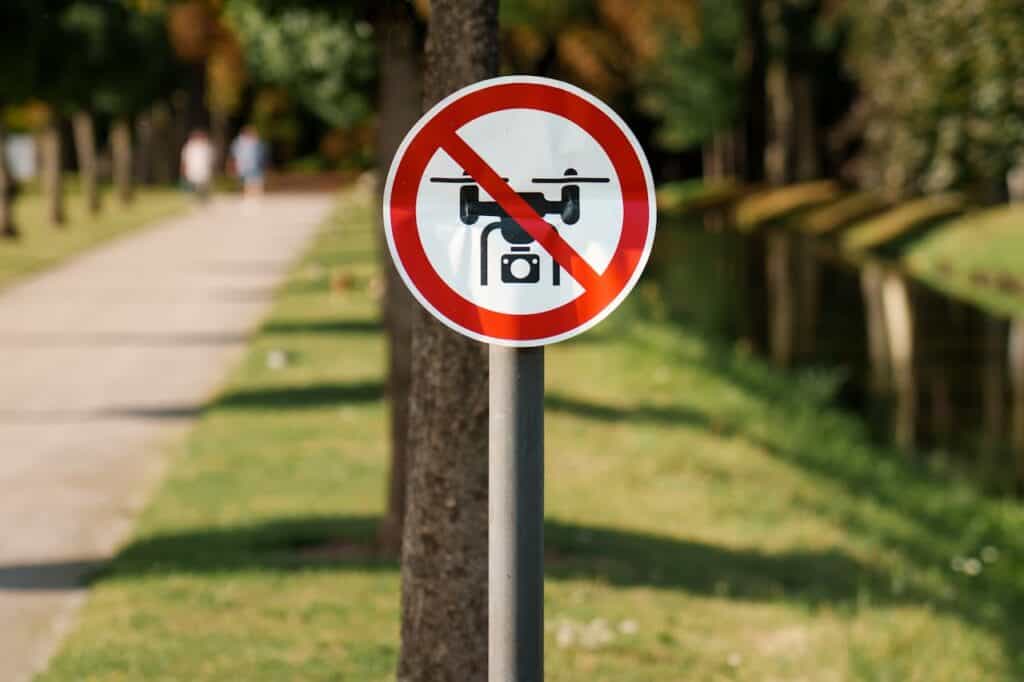
Flying a drone over a canyon or waterfall might sound like the perfect shot, but it’s banned across nearly all U.S. national parks. The buzzing disturbs wildlife, ruins the peace for other visitors, and can interfere with rescue or research operations. Birds have abandoned nests because of drones, and collisions happen more than you’d think. Even if no one’s watching, launching without a special permit can bring fines and confiscation. The rule is simple; enjoy the view from the ground, not from your controller.
4. Lighting Fires or Using Explosives Outside Designated Areas

Campfires are part of the outdoor dream, but in national parks, you can only build them in approved rings, grills, or fire pits. Lighting one outside those zones or setting off fireworks is illegal because wildfires spread fast and park habitats burn easily. Sparks travel far, especially in dry, windy weather, and a single ember can destroy acres. Fireworks are even riskier, leaving behind trash and terrifying wildlife. Always check fire restrictions, use existing pits, and drown your fire completely before leaving.
5. Bringing Pets Where They Are Banned or Off-Leash

Bringing your dog along seems harmless until you learn that pets are restricted in most national parks. They’re usually allowed only in paved or developed areas- campgrounds, parking lots, or short designated paths and must stay on a leash under six feet. Off-leash pets can chase or injure wildlife, disturb nesting birds, and carry diseases that threaten native species. Some backcountry zones ban them completely. If you’re unsure, check the park’s pet policy before you go to avoid fines or being turned away.
6. Feeding, Touching, or Harassing Wildlife
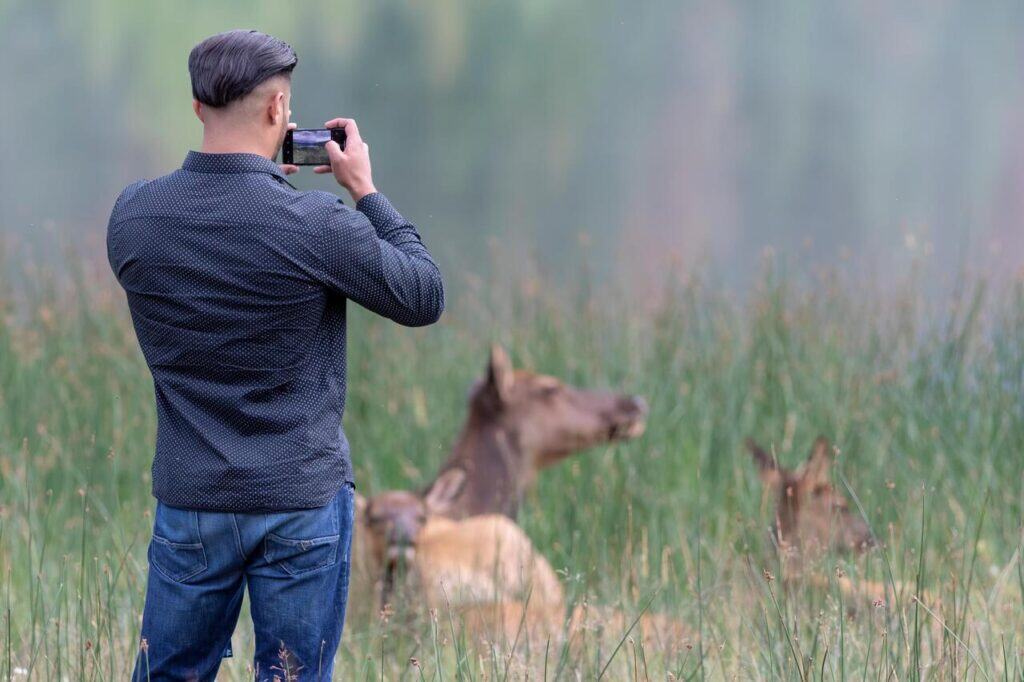
Feeding animals is one of the biggest mistakes visitors make. Giving food to squirrels, deer, or bears may feel friendly, but it trains them to approach humans and depend on handouts. Once that happens, animals lose natural instincts and often become aggressive or sick. Even chasing or calling to wildlife is considered harassment and can result in citations. For your safety and theirs, keep your distance, store food properly, and let wild animals stay wild; it’s the best way to protect both sides.
7. Removing or Tampering With Cairns, Markers, or Boundary Signs

Stacked rocks or cairns might look decorative, but they’re vital navigation markers that keep hikers safe. Moving, adding to, or dismantling them is illegal because it can send people off the correct trail and into dangerous areas. The same goes for altering signs or boundaries- they exist to protect both you and sensitive habitats. Even small changes can mislead others and damage fragile soils. If you think a marker is wrong, report it instead of rearranging the landscape yourself.
8. Polluting Water or Dumping Waste Improperly
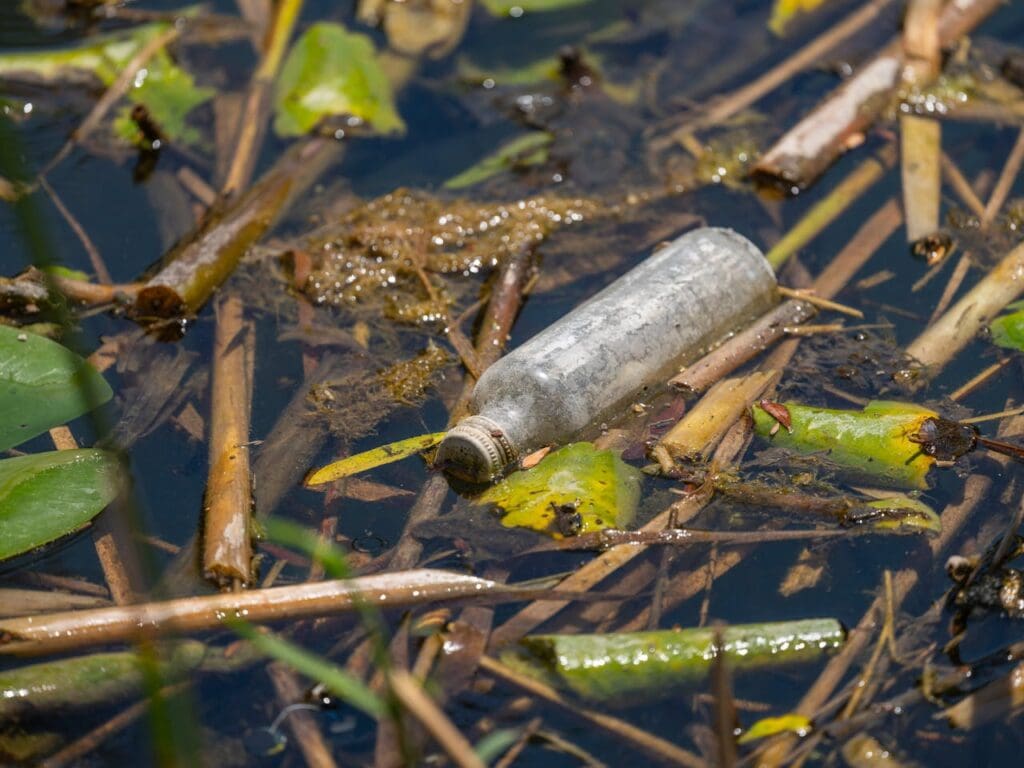
Washing dishes, clothes, or yourself directly in a lake or stream is illegal in most national parks. Soap and detergent even biodegradable kinds; harm aquatic life and pollute drinking water. Waste disposal is equally regulated: you can’t dump fish remains or trash near campgrounds or trails. Most parks require using designated wash stations or carrying waste out with you. Human waste must be buried 6 inches deep, 200 feet from water, or packed out in some cases. Clean water means shared responsibility.
9. Hunting, Trapping, or Using Weapons Without a Permit
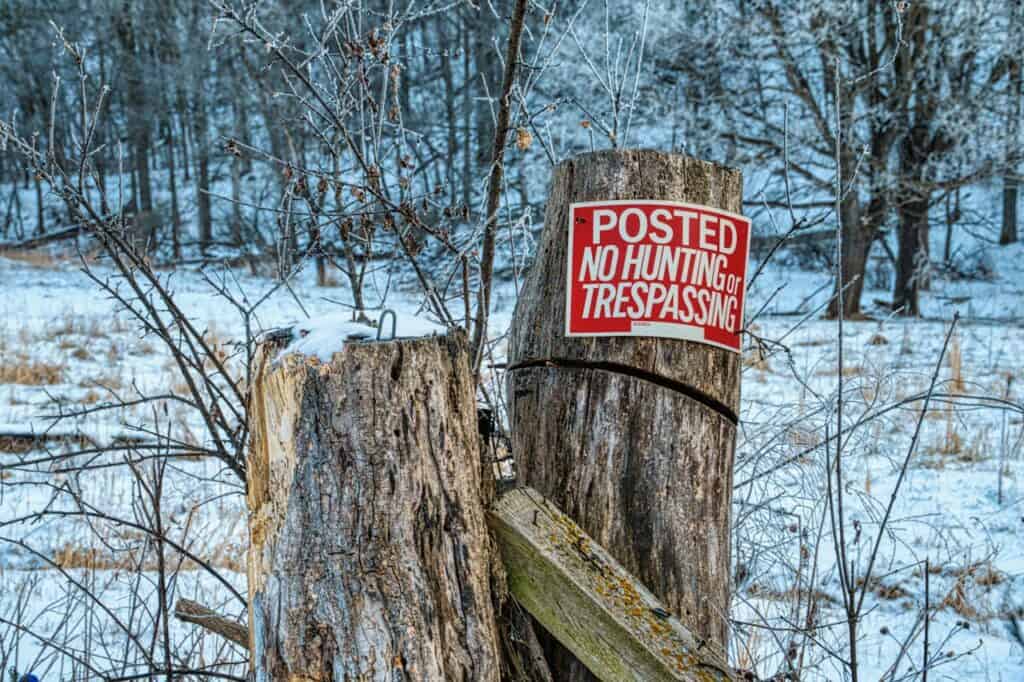
National parks are wildlife sanctuaries, not hunting grounds. Hunting, trapping, or firing a weapon is illegal unless specifically authorized by law or permit. These bans exist to protect animals that live within park boundaries and to maintain public safety. Even carrying a firearm requires compliance with strict federal and state rules. Fishing is often allowed, but only with a valid license and within designated areas. If you plan any activity involving weapons, check park regulations first or risk a serious fine.